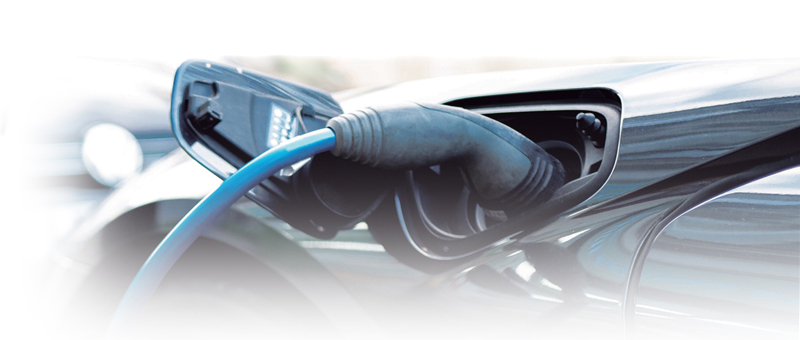New European Regulation to increase charging and refueling stations
The European Parliament recently approved new rules that make it mandatory for electric car chargers to be deployed every 60 km along major transport routes.

These measures are part of the European Commission’s ambitious roadmap towards a more sustainable future. Under the new rules, EU national governments are responsible for ensuring there are fast charging stations for passenger cars and vans every 60 km on the EU’s main transport network by 31 December 2025. Minimum power requirements for these stations are also stipulated, with targets for these to increase progressively until the end of 2027.
The new law also addresses the need to provide infrastructure for heavy-duty vehicles, with specific charging stations for these vehicles with a minimum power of 350 kW every 60 km on the core TEN-T network.
An important innovation is the obligation to deploy hydrogen refuelling stations from 2030, not only for cars but also for trucks, with specific coverage in all urban centres and every 200 km on the core TEN-T network.
How will the Electric Charging Stations work?
The charging stations must offer a simple method of payment, either via cards or contactless devices, without the need to have a subscription with the company. Prices will be displayed per kWh, per kg or per minute, and operators will communicate availability, waiting time and prices on signs and web portals.
Where else must charging stations be installed?
The scope of the new law is extended to major EU ports, which will have to provide electric charging stations for cruise and container ships from 2030. Furthermore, airports will have to offer the possibility of powering aircraft on their jetways by 2025 and be fully connected by 2030.
In terms of social justice, the European Commission has proposed the creation of a Social Climate Fund, partly financed by revenues from emissions trading, to help citizens invest in energy efficiency and cleaner transport.
The climate objective of the new Regulation, which is part of a wider package of green initiatives, is to make life easier for electric vehicle users by promoting the long-term adoption of electric vehicles in place of traditional petrol and diesel versions. The EU aims to significantly reduce carbon dioxide emissions from combustion vehicles, which currently account for more than 70% of the total carbon dioxide emissions in the EU-27.
Explore safety solutions in the automotive sector: consult our catalogue of electrical material here.
The new law also addresses the need to provide infrastructure for heavy-duty vehicles, with specific charging stations for these vehicles with a minimum power of 350 kW every 60 km on the core TEN-T network.
An important innovation is the obligation to deploy hydrogen refuelling stations from 2030, not only for cars but also for trucks, with specific coverage in all urban centres and every 200 km on the core TEN-T network.
How will the Electric Charging Stations work?
The charging stations must offer a simple method of payment, either via cards or contactless devices, without the need to have a subscription with the company. Prices will be displayed per kWh, per kg or per minute, and operators will communicate availability, waiting time and prices on signs and web portals.
Where else must charging stations be installed?
The scope of the new law is extended to major EU ports, which will have to provide electric charging stations for cruise and container ships from 2030. Furthermore, airports will have to offer the possibility of powering aircraft on their jetways by 2025 and be fully connected by 2030.
In terms of social justice, the European Commission has proposed the creation of a Social Climate Fund, partly financed by revenues from emissions trading, to help citizens invest in energy efficiency and cleaner transport.
The climate objective of the new Regulation, which is part of a wider package of green initiatives, is to make life easier for electric vehicle users by promoting the long-term adoption of electric vehicles in place of traditional petrol and diesel versions. The EU aims to significantly reduce carbon dioxide emissions from combustion vehicles, which currently account for more than 70% of the total carbon dioxide emissions in the EU-27.
Explore safety solutions in the automotive sector: consult our catalogue of electrical material here.
Source consulted: esmovilidad.mitma.es


